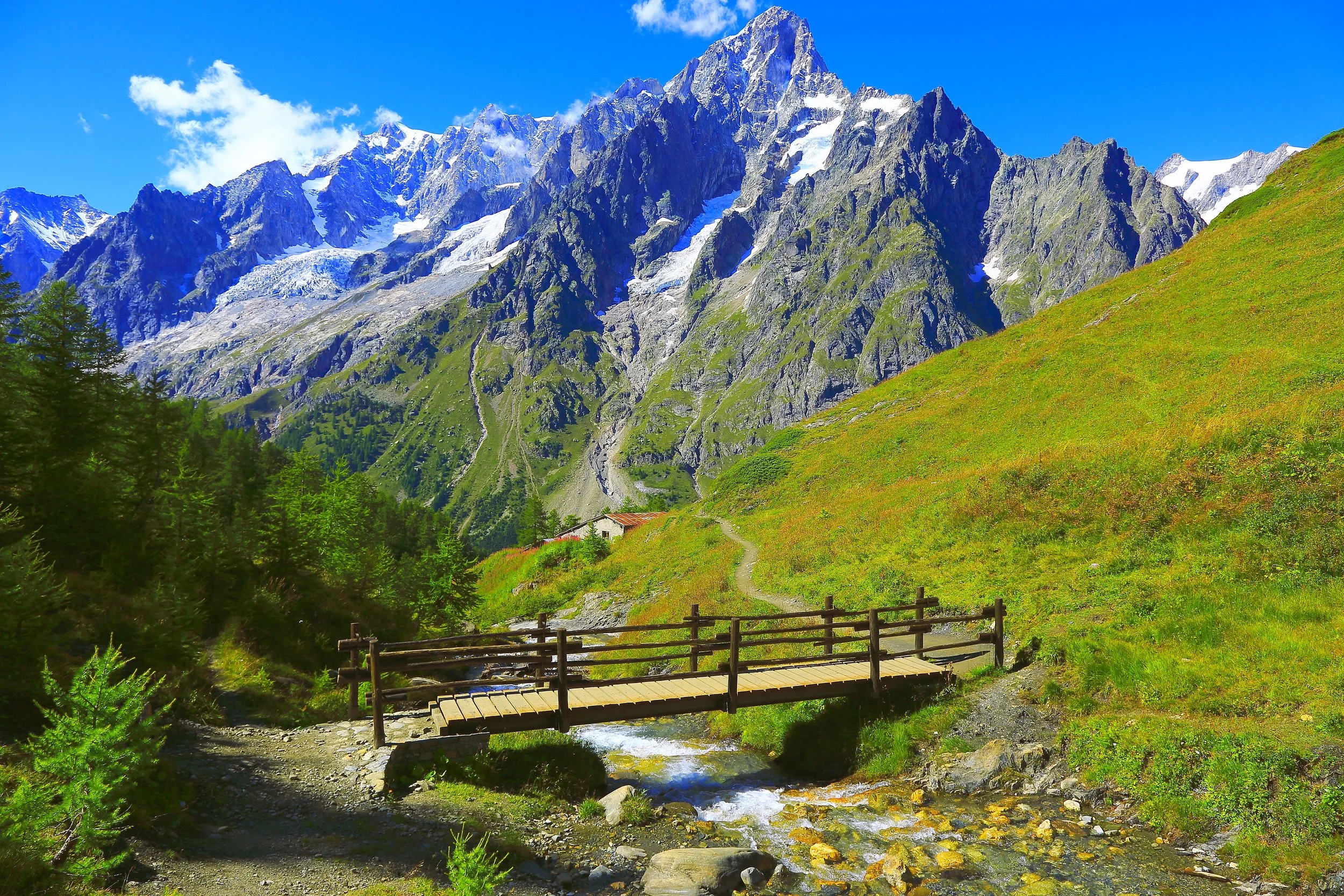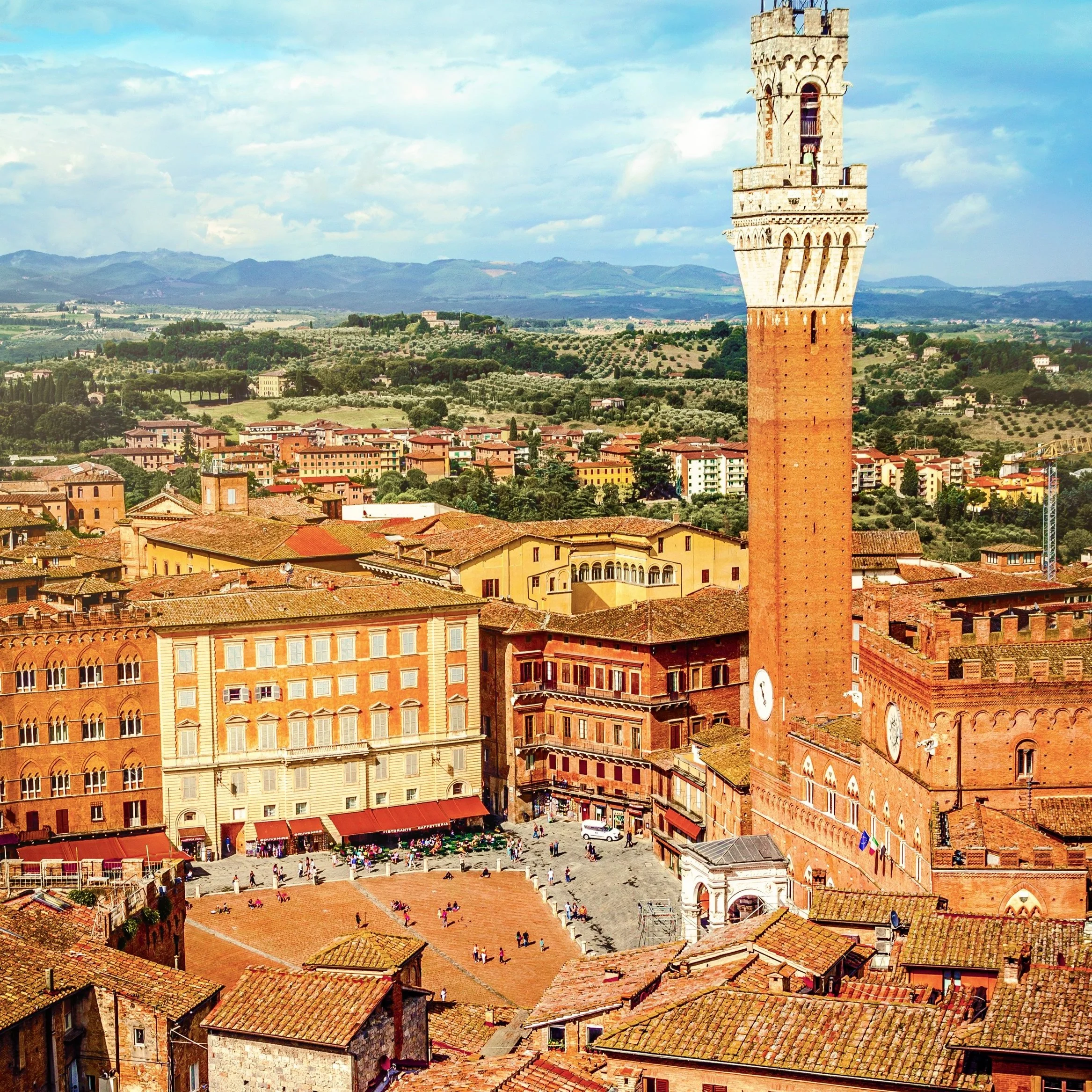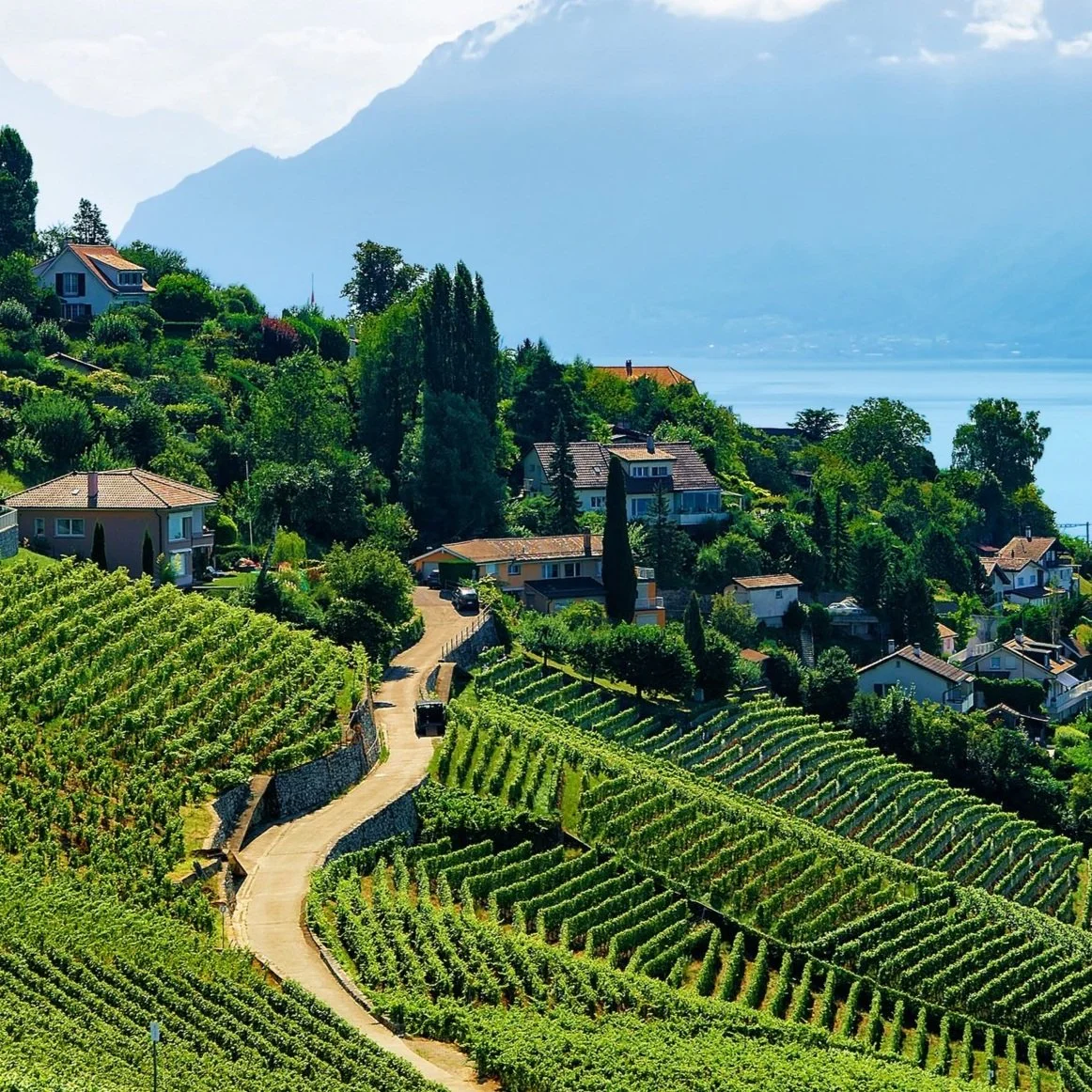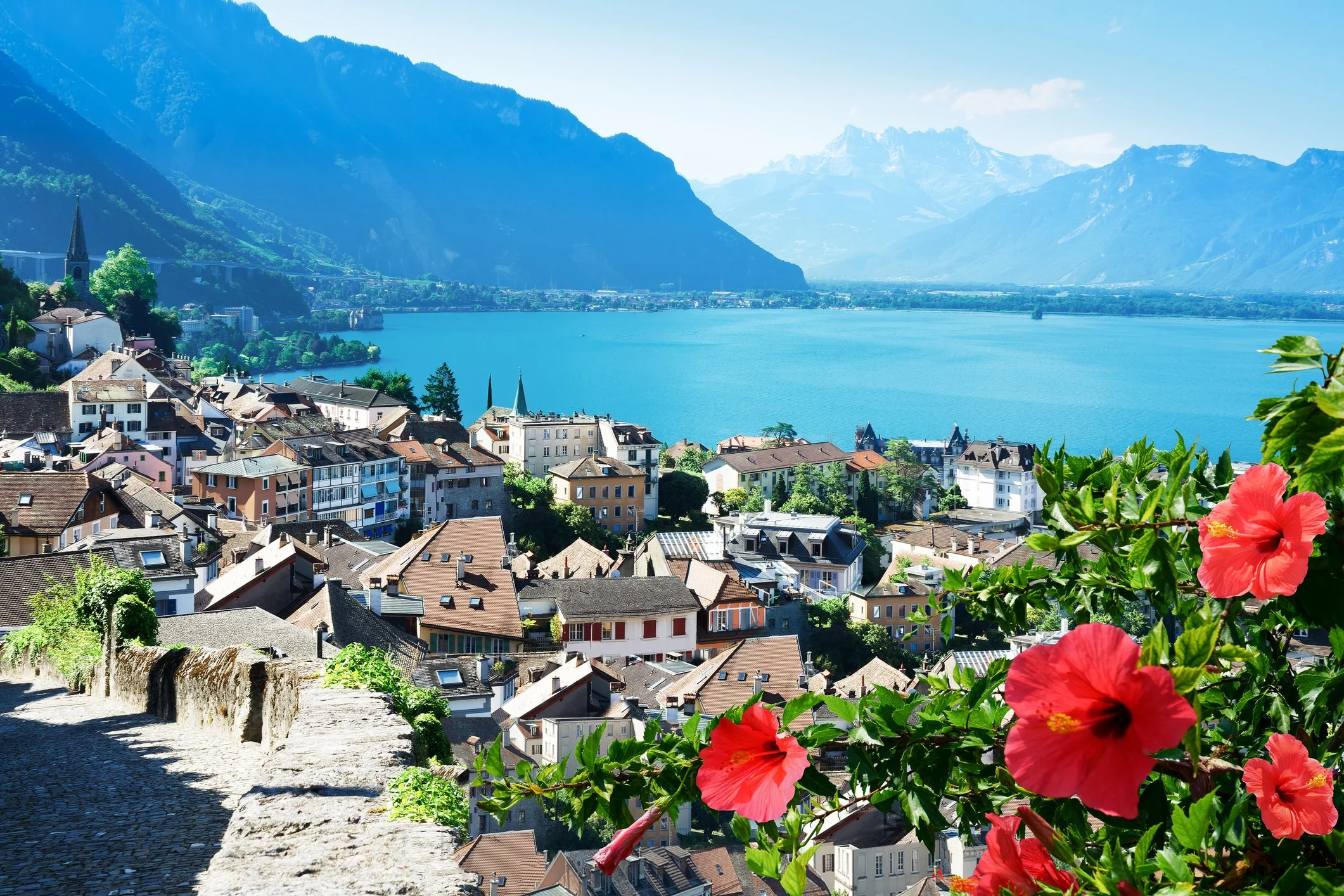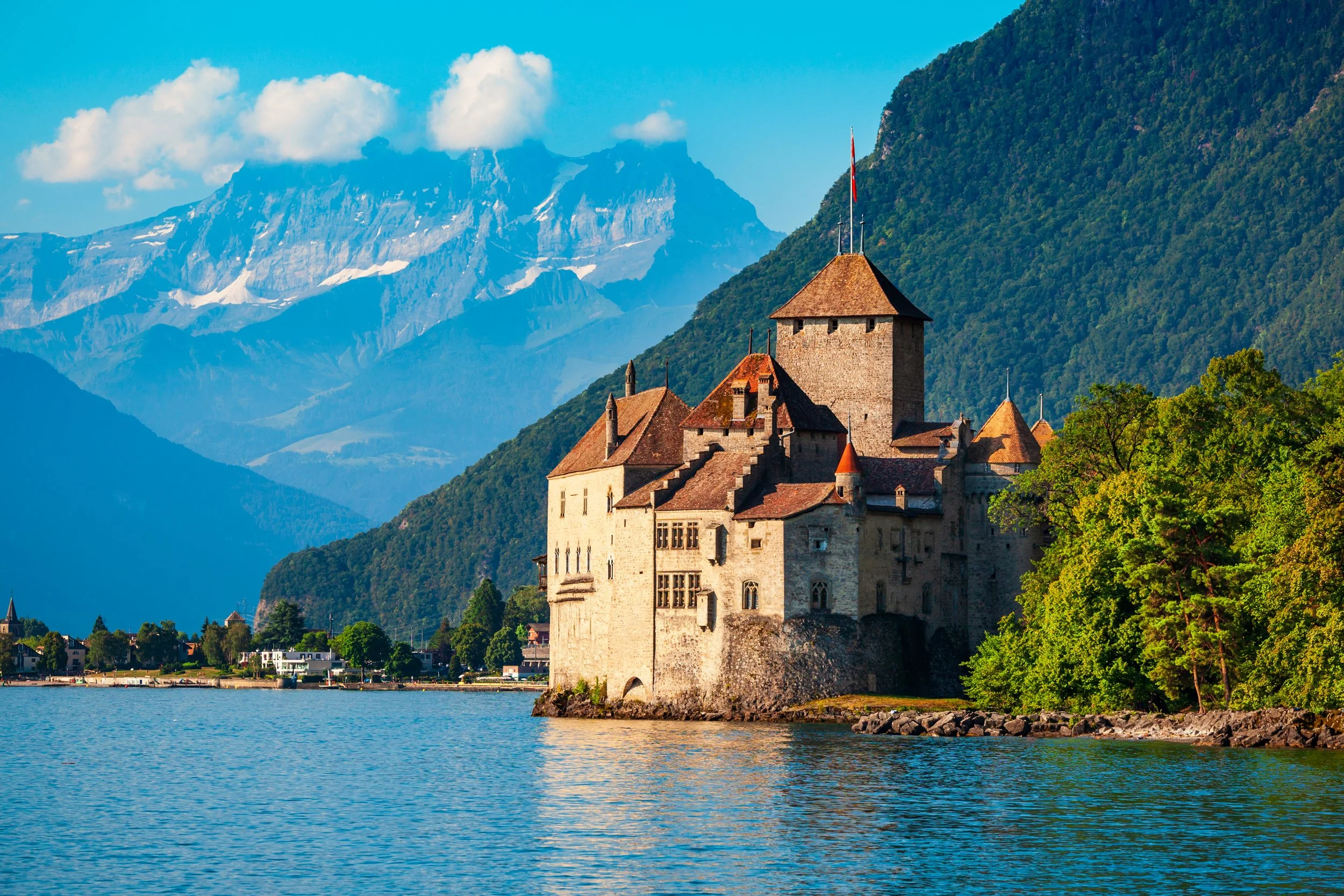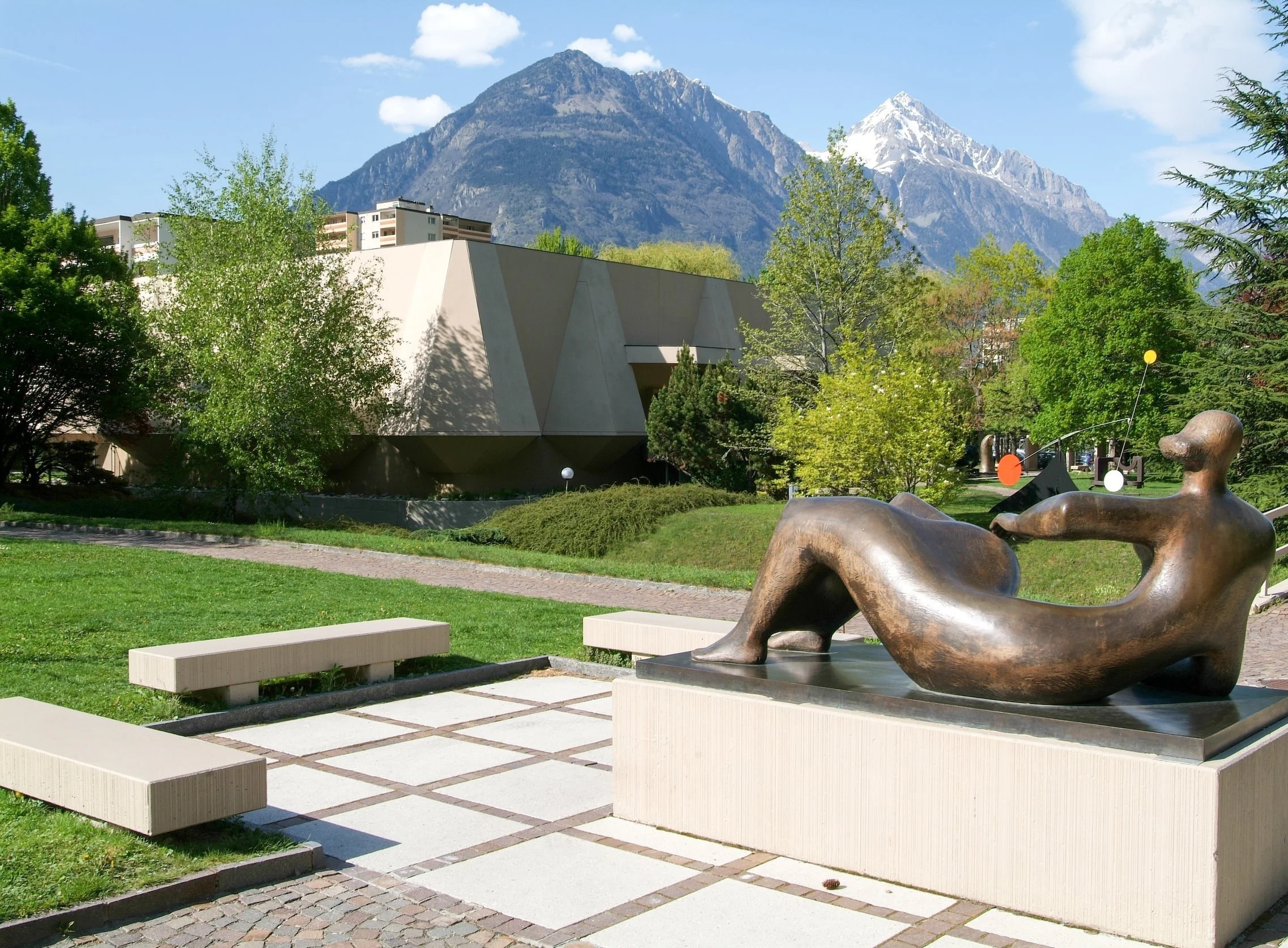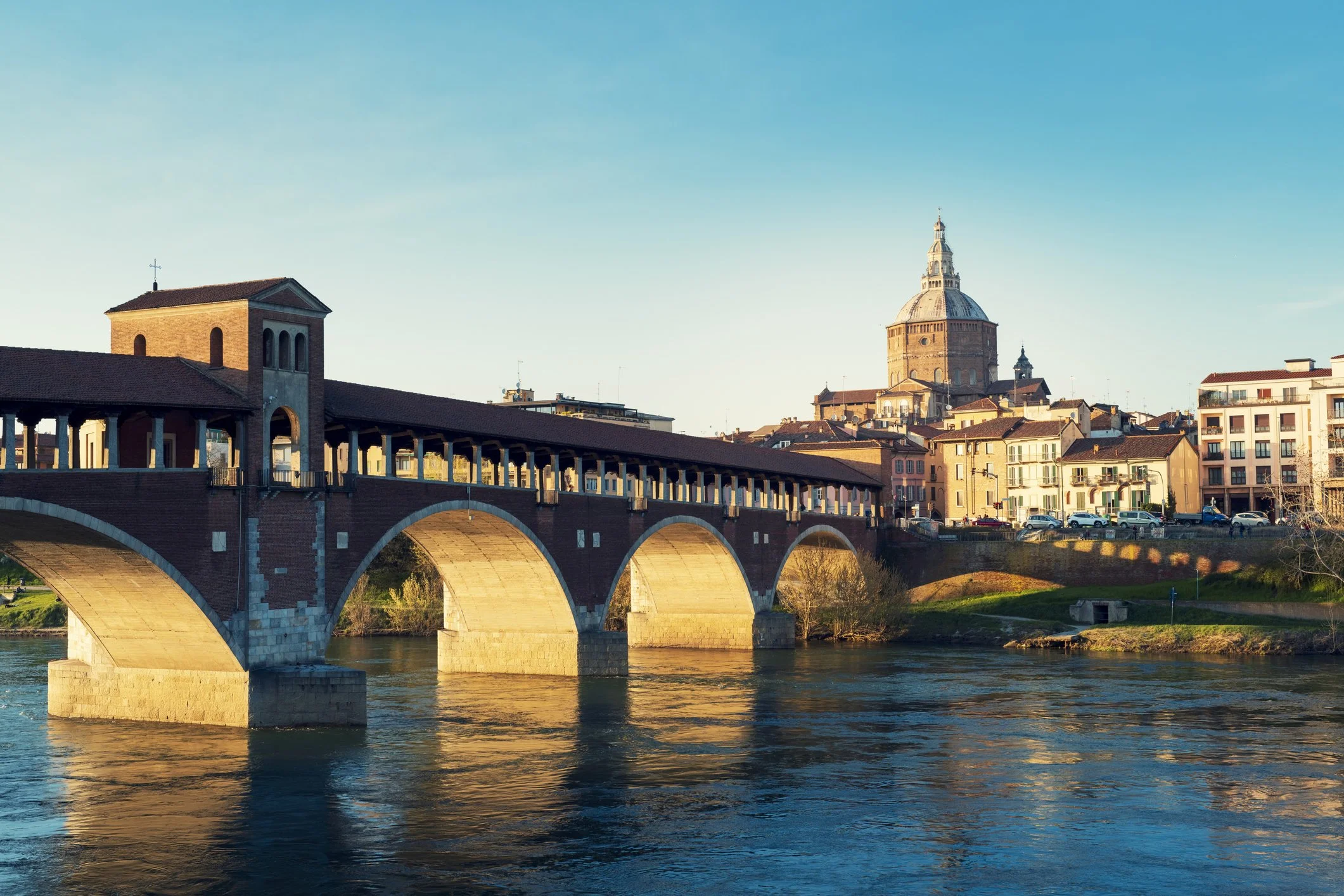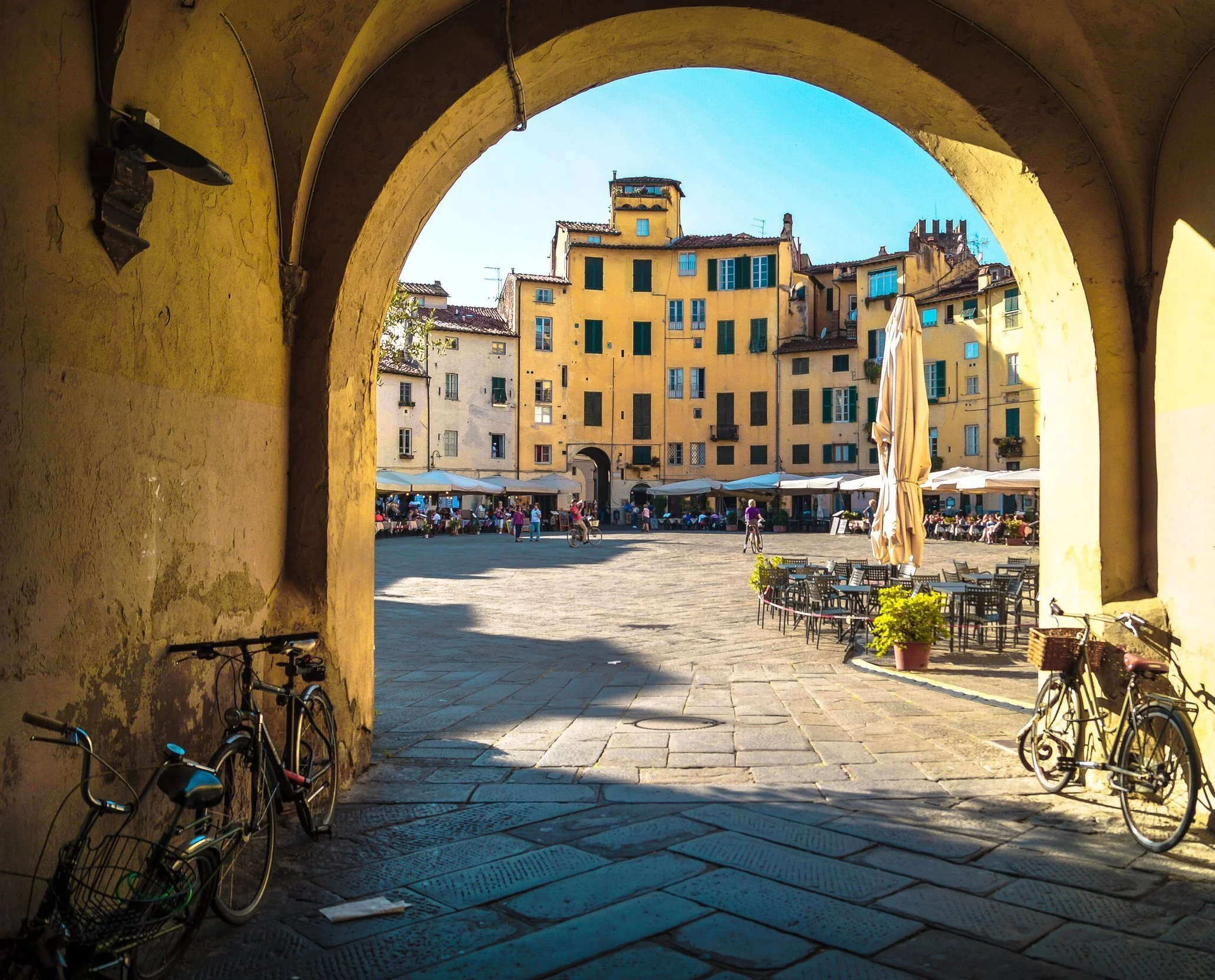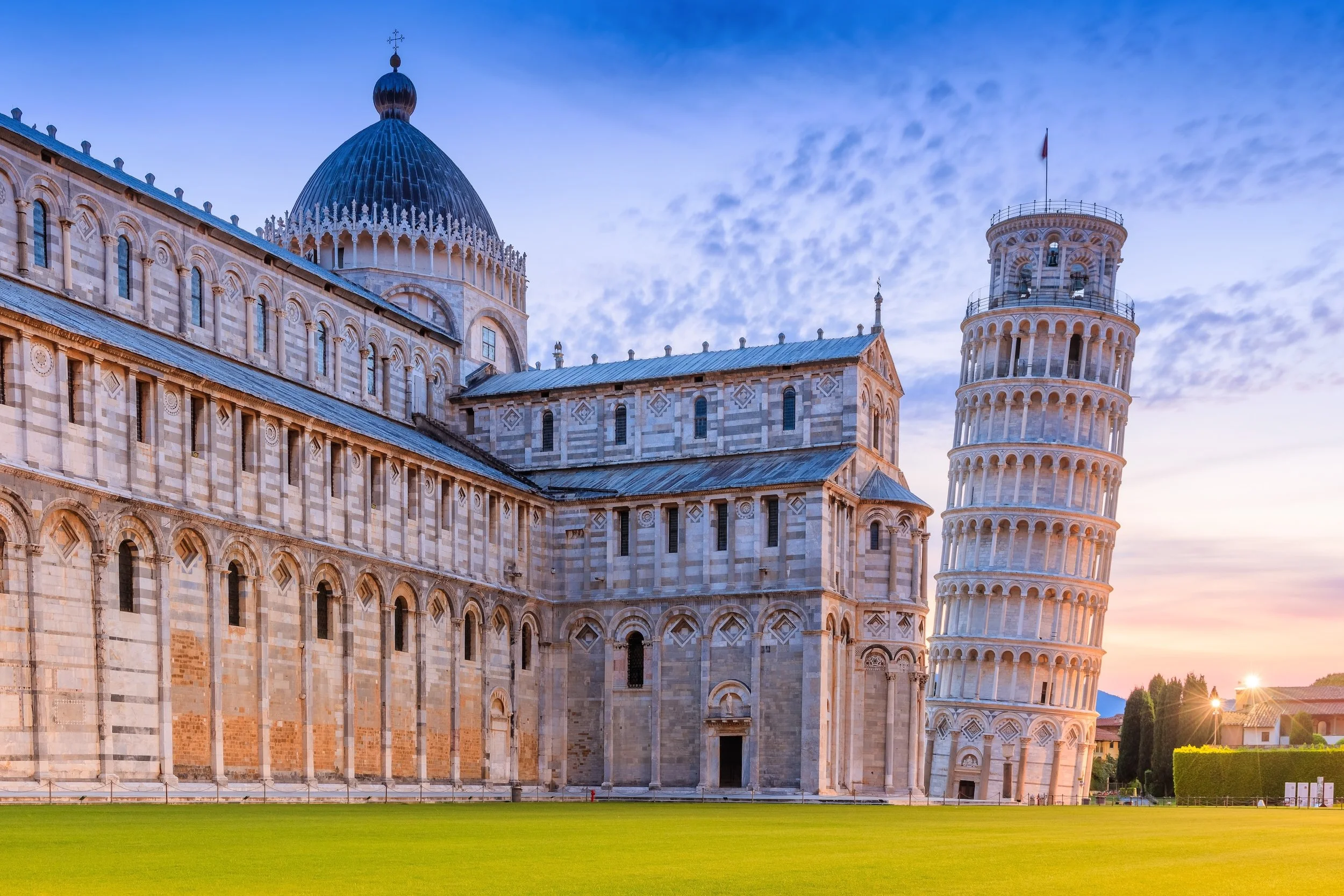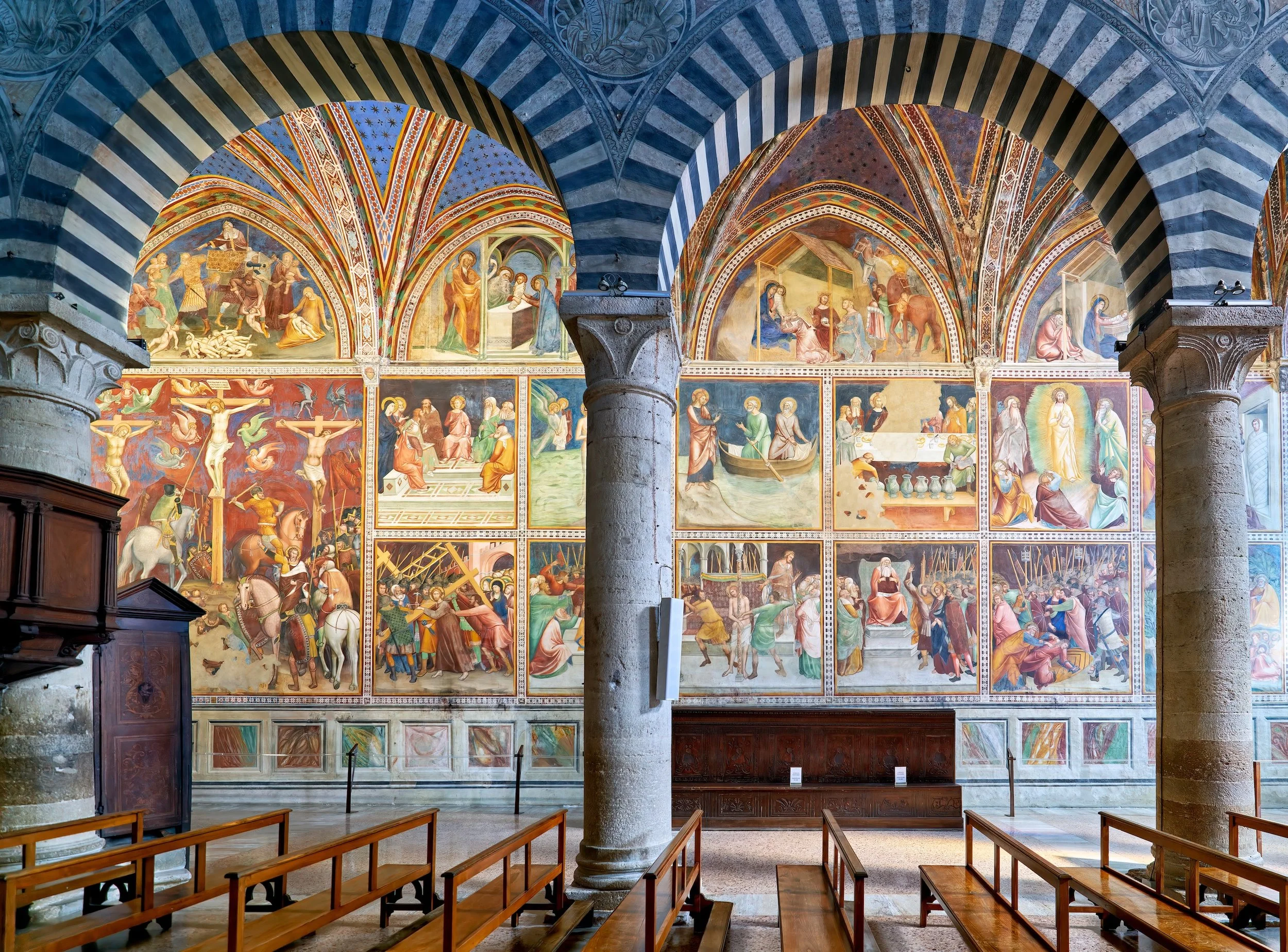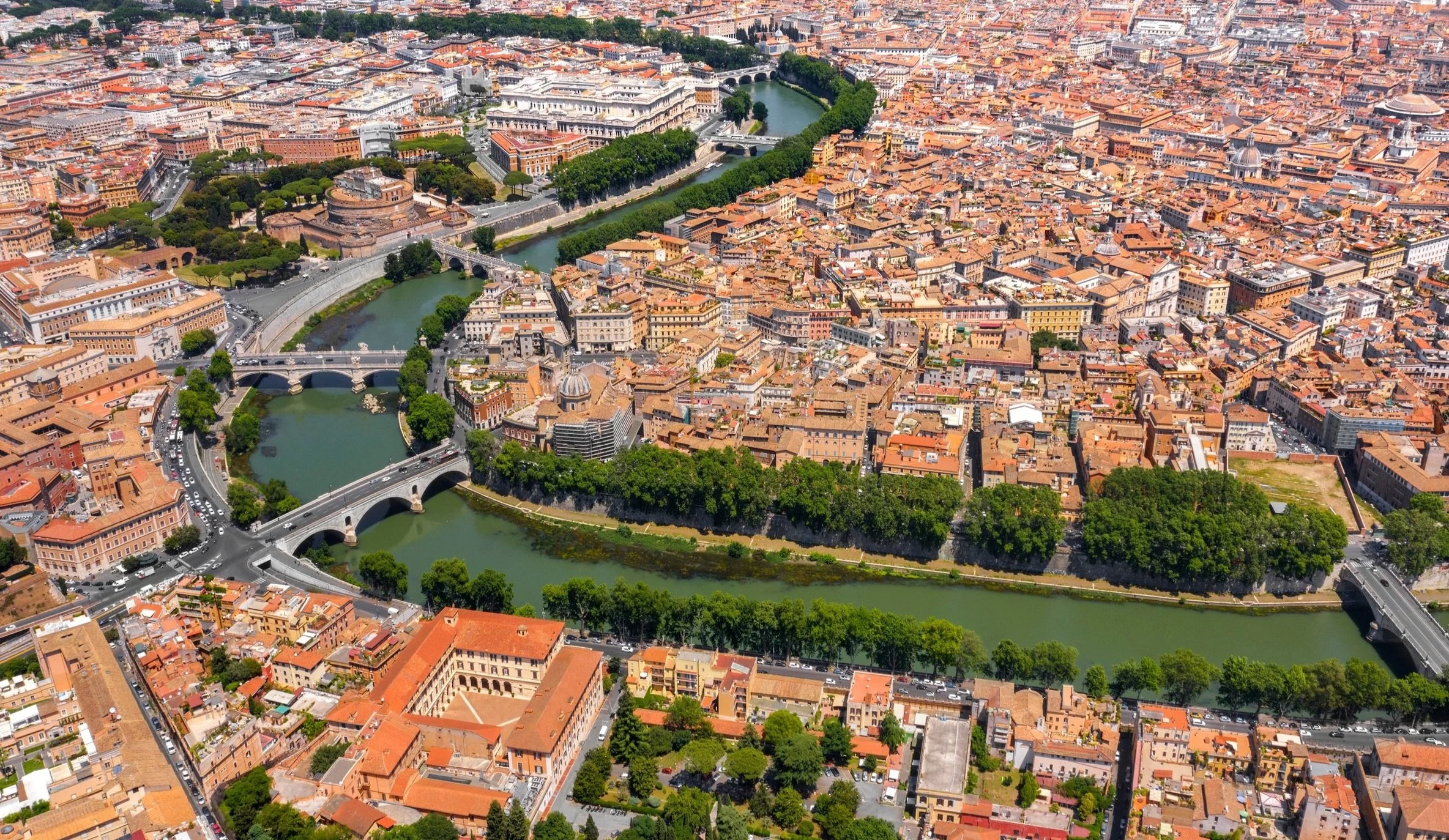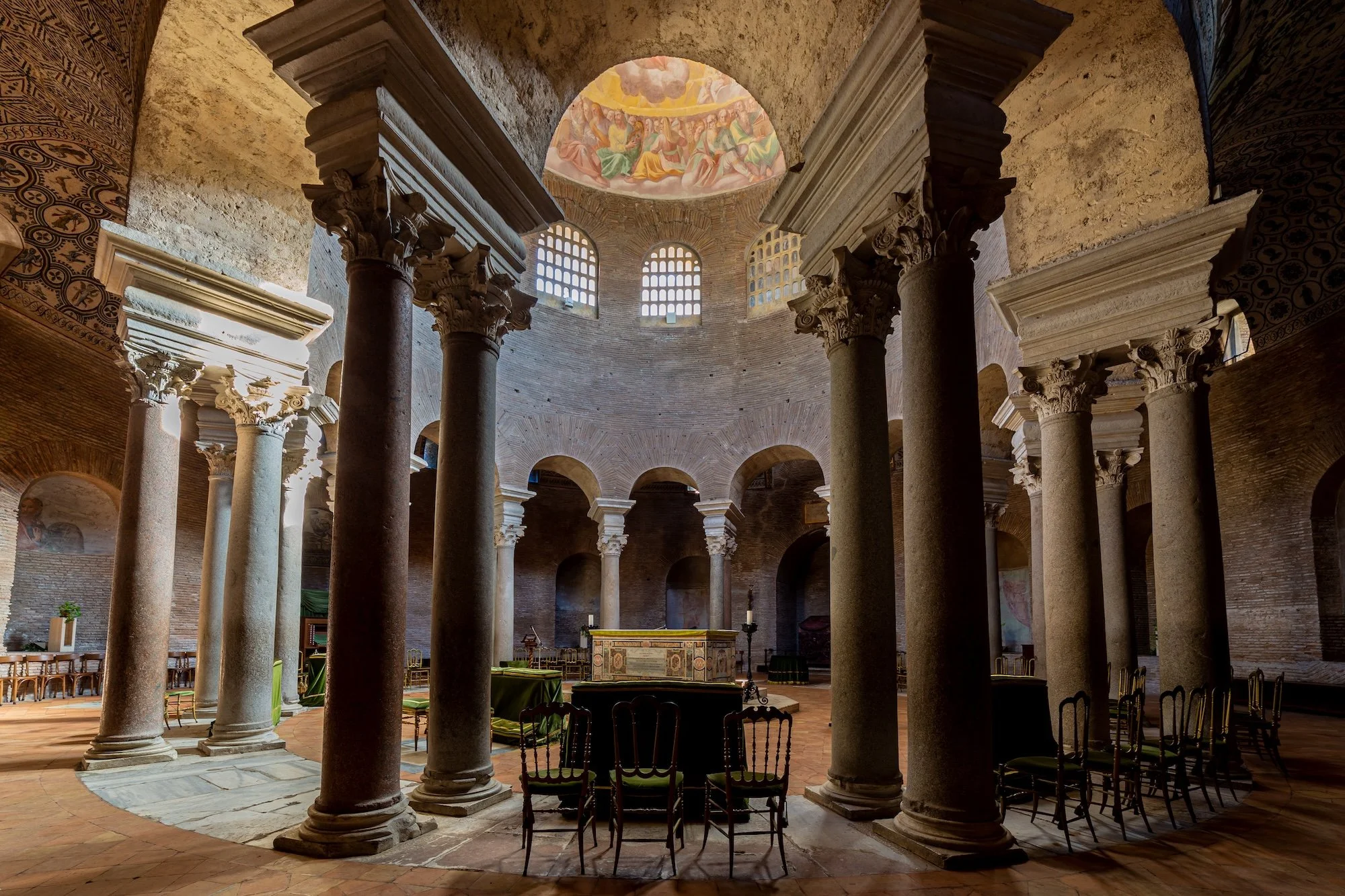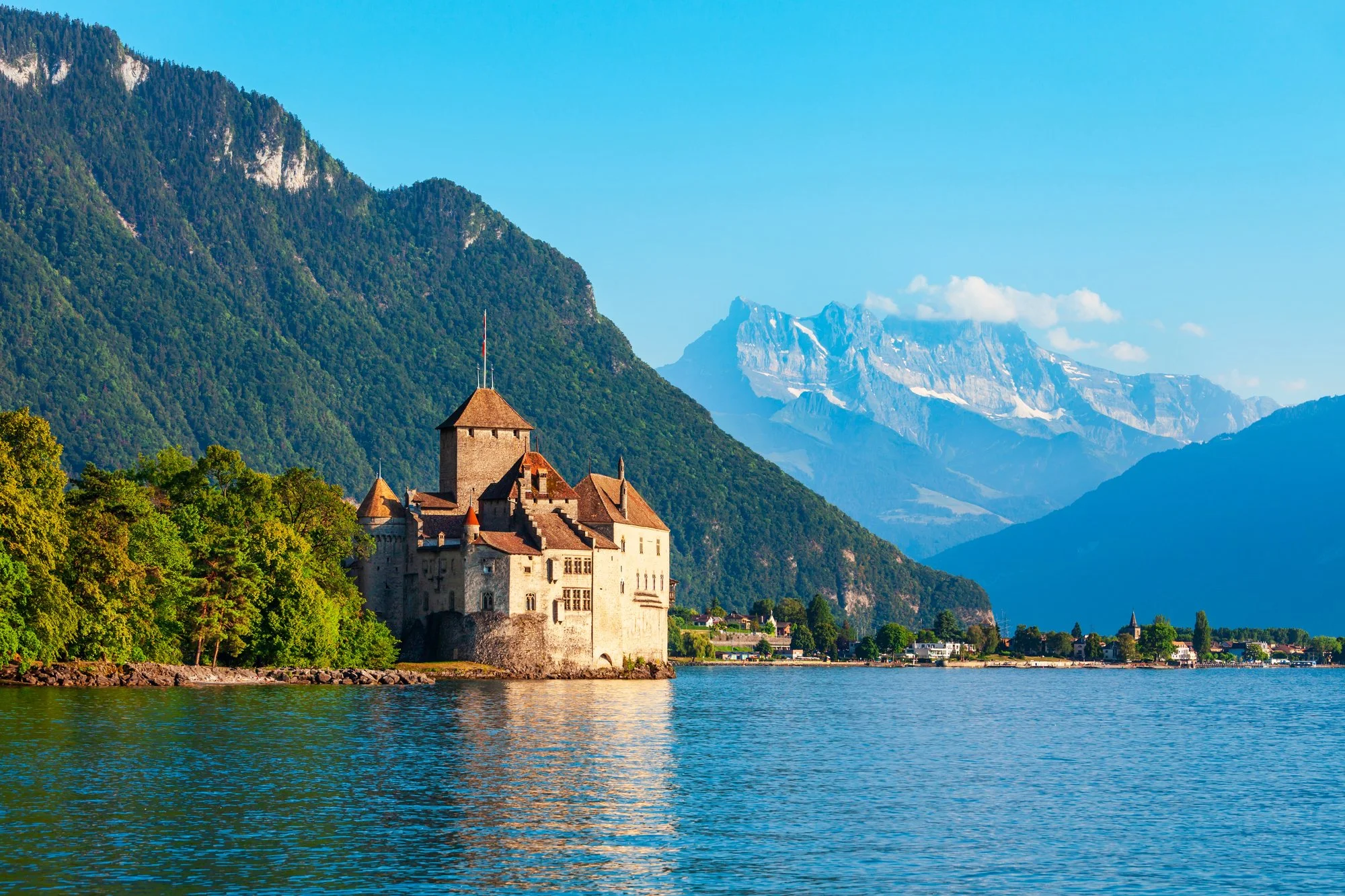
SWITZERLAND TO ROME
Tracing the Via Francigena
Travel in the footsteps of medieval pilgrims and merchants from the shores of Lake Geneva to the gates of Rome.
TOUR STATUS
Places Available | Maximum 16
TOUR DATES
May 9-26, 2026 | 18 Days
TOUR LEADER
Dr Jeni Ryde | View Bio
snapshot
-
-
The tour starts at 2.30pm on Saturday 9 May, at Geneva Airport, followed by a group transfer to the Grand Hotel Suisse Majestic, Montreux.
The tour ends after breakfast on Tuesday 26 May, at Hotel Capo d’Africa, Rome.
-
Grade Three. This tour is among our most physically demanding.
-
17 nights’ accommodation in centrally located 4-star hotels. Airport-Hotel transfer as indicated. All breakfasts, 3 lunches, 2 wine tastings and 6 dinners. Services of an expert tour leader and an experienced tour manager throughout. All ground transport, entrance fees and tipping.
-
$17,940 AUD per person, twin share (land content only)
$4,780 AUD supplement for sole use of a hotel roomA $1,000 AUD non-refundable deposit is required per person to confirm your booking on tour
-
OVERVIEW
Follow in the footsteps of medieval pilgrims, merchants, kings and emperors along part of the legendary Via Francigena, a 1000-year-old pilgrimage route that offers a captivating journey through Switzerland and Italy’s rich heritage.
This new 18-day tour, led by Dr Jeni Ryde, commences in the lakeside town of Montreux at the foot of the soaring Swiss Alps. We then cross the border into Italy’s smallest region, Valle d’Aosta, renowned for its beautifully preserved medieval castles. An extraordinary landscape unfolds before us as we travel along the route through the regions of Emilia Romagna, Tuscany and Lazio. Our bases in Salsomaggiore, Lucca, and Pienza allow us to immerse ourselves in Medieval and Renaissance Italy through its stunningly preserved towns such as Siena, San Gimignano and Orvieto. Finally, we arrive in Rome with its outstanding catacombs and Romanesque Basilicas, all of which attest to the glory of the Eternal City.
Throughout our journey, we discover Roman ruins, ancient monasteries and imposing castles, all paired with the local cuisine that has defined these unique regions for centuries.
tour highlights
The aim of every Academy Travel tour is to provide a rewarding, in-depth travel experience.
dr jeni ryde
your expert tour leader
Jeni is a linguist and art history specialist, with over 15 years experience leading tours to Italy, Spain and France. She holds two Masters degrees in Italian Linguistics and a cross disciplinary PhD in Renaissance Art History, Tourism and Museum Management.
Accompanied by an Experienced Tour Manager
Alongside your expert tour leader, an experienced tour manager will accompany for the entirety of the tour. They oversee logistics, ensure your comfort and safety, and provide friendly support – whether offering tips for free time, sharing a chat over dinner, or giving you space to relax.
tour ITINERARY
Montreux (3 nights), Aosta (3 nights), Salsomaggiore (2 nights), Lucca (3 nights), Pienza (3 nights), Rome (3 nights)
Included meals are shown with the letters B, L and D
Hotels have been selected principally for their central location. All hotels are a comfortable four-star standard.
Tour Accommodation
Montreux, Grand Hotel Suisse Majestic, Autograph Collection | 3 Nights
Aosta, Hotel Duca D’Aosta | 3 Nights
Salsomaggiore, Villa Fiorita | 2 Nights
Lucca, Palazzo Dipinto | 3 Nights
Pienza, Hotel Relais il Chiostro | 3 Nights
Rome, Hotel Capo d’Africa | 3 Nights
tour booking
$17,940 AUD per person, twin share (land content only)
$4,780 AUD supplement for sole use of a hotel room
A $1,000 deposit is required per person to confirm your booking on tour. This deposit is non-refundable.
Hold a Place
Still deciding? We are happy to hold a tentative place for 7 days while you make your final arrangements.
Book Online
To secure your place(s) on tour, book online below with “Athena”, our virtual tour consultant.
DOWNLOAD FORM
Download a printable booking form. You can also complete the form on screen and submit via email.
your tour consultant
The consultant for this tour is Lucy Yeates. For further information or to discuss the tour, please call 9235 0023 (Sydney) or 1800 639 699 (outside Sydney) or email lucy@academytravel.com.au
have you thought about?
Academy Travel is more than just a tour operator. We are also a full-service travel agency who can assist you with all aspects of your travel, including flights, transfers, pre-tour arrival, additional travel and comprehensive travel insurance.
can’t make this departure?
If these dates don't work for you, register to hear about the next tour.



